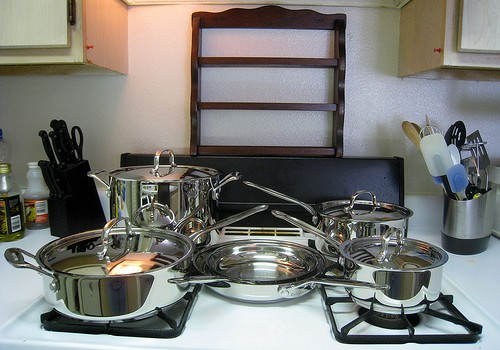
Nonstick kitchenware
The black shiny surface of nonstick cookware is made up of a synthetic material known as perfluoroctanoic acid (PFOA). Perfluoroctanoic acid is a component of the Teflon coating in nonstick utensils. PFOA is known to cause ADHD, thyroid disease, and high cholesterol. Perfluoroctanoic acid is also a strong sperm killer and is suspected to cause female infertility. You must be careful to replace your nonstick pots and pans the moment you see scratches and chips in them. A healthier alternative is to switch to cast iron, glass, or stainless steel utensils. Tests have shown that PFOA can cause cancer in human beings.
- Important notification about information and brand names used in this slideshow!
- Photo courtesy of Katy Warner by Flickr : www.flickr.com/photos/sundazed/2602419779/
- healthyliving.msn.com/health-wellness/12-household-toxins-you-should-banish-from-your-home
- http://drbenkim.com/articles-household-toxins.htm
- http://www.rodale.com/household-toxins
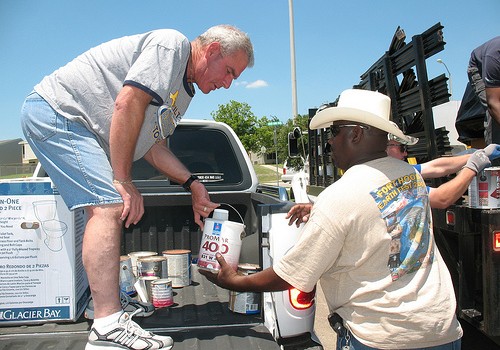
Synthetic pesticides and herbicides
Synthetic pesticides typically comprise fungus, chemical weed, and bug killers. These synthetic pesticides are very harmful and you should avoid using them both inside and outside the house. The chemicals present in these pesticides are known to damage brain in kids. They can also cause various forms of cancer such as non-Hodgkin’s lymphoma. If you have bugs inside your home you can address the problem by sealing food containers, cleaning up food crumbs for your kitchen, and by using a caulking gun for filling up the pest entry points. Pesticides can kill the overall health of the soil in your garden. Instead of using harmful pesticides, you can opt for organic compost.
- Important notification about information and brand names used in this slideshow!
- Photo courtesy of U.S. Army Environmental Command by Flickr : www.flickr.com/photos/armyenvironmental/4454153714/
- healthyliving.msn.com/health-wellness/12-household-toxins-you-should-banish-from-your-home#2
- http://www.rodalenews.com/organic-lawn-care?cm_mmc=MSN-_-12%20household%20toxins%20to%20banish%20from%20your%20home-_-Slideshow-_-7%20quick%20and%20easy%20lawn%20garden%20fixes
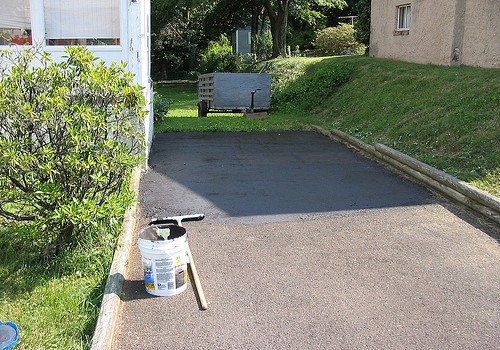
Coal tar driveway sealant
People often use coal tar for sealing their driveway. Coal tar based sealants should be avoided as they contain toxic compounds and polycyclic aromatic hydrocarbons, commonly known as PAHs. These toxic compounds can cause cancer and other genetic mutations. When it rains, these toxic chemicals reach your local drinking water supply and the dust from the driveway also reaches inside your home. It is advised that you use gravel or any other porous material for driveways as this allows the water to be absorbed in the ground and it does not reach the water treatment plants. If you do want to use a sealant, opt for asphalt sealants rather than coal tar based sealants.
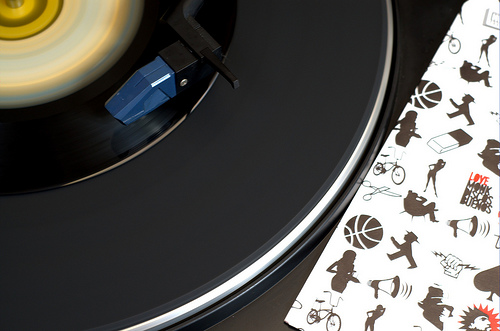
Vinyl
Vinyl is commonly known as poison plastic, because of the hazardous production process that it goes through and due to its harmful effects on us. It is commonly used in vinyl flooring, wall coverings, shower curtains, toys, raincoats, shampoos, and food packaging materials. Vinyl comprises traces of phthalates, which are chemical plastic softeners. Phthalates are known to cause stunted growth, hormone disruption, obesity and numerous other health problems. They can also cause liver cancer in human beings. Exposure to phthalates can also cause Attention Deficit Hyperactivity Disorder (ADHD). In place of vinyl flooring you can opt for wood, cork, or bamboo. Try to do away with plastic shower curtains and fake leather furniture.
- Important notification about information and brand names used in this slideshow!
- Photo courtesy of Olatz eta Leire by Flickr : www.flickr.com/photos/auggie_tolosa/3199497116/
- www.examiner.com/article/cnn-releases-list-of-common-household-toxins-that-could-harm-your-child
- http://content.time.com/time/specials/packages/article/0,28804,1976909_1976895_1976900,00.html
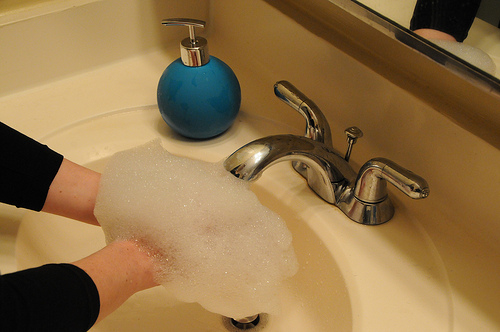
Antibacterial soap
A majority of antibacterial soaps contain the chemical triclosan which is also present in some toothpastes. Triclosan can disrupt the functioning of thyroid and other hormones in certain people. Moreover, when triclosan mixes with waste water, it can cause sex changes in the marine life. An overuse of antibacterial chemicals promotes specific types of bacteria which are resistant to antibacterial treatment. The best method of killing germs is by washing with warm water and a normal non bacterial soap. While selecting a hand sanitizer too, opt for the one which does not list triclosan, tricarban and similar antimicrobial chemicals as ingredients on their labels.
- Important notification about information and brand names used in this slideshow!
- Photo courtesy of peapod labs by Flickr : www.flickr.com/photos/peapodlabs/6963932022/
- healthyliving.msn.com/health-wellness/12-household-toxins-you-should-banish-from-your-home#3
- http://drbenkim.com/articles-household-toxins.htm
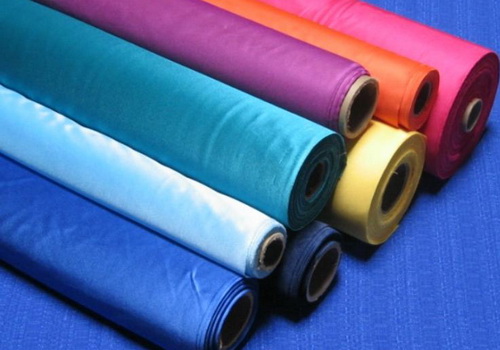
Flame retardants
Flame retardants are commonly found in household items such as carpets, electronic items, furniture foam, and carpet padding. Most flame retardants are made up of the hazardous chemical, polybrominated diethyl ether. The health hazards posed by flame retardants include infertility, learning disability, thyroid problems, liver and kidney damage, and hormonal imbalance. These flame retardants are only able to delay fire for a few seconds. However, when they do catch fire, they release loads of carbon monoxide and soot, which are two of the most important factors responsible for fire-related deaths. While buying rugs, carpets, furniture, and electronics, check with the seller to confirm if they are free of flame retardants.
- Important notification about information and brand names used in this slideshow!
- Photo courtesy of Lunaad25Adriana by Photobucket : media.photobucket.com/user/Lunaad25Adriana/media/decoratingfabricslarge_zps35ddd45a.jpg.html?filters[term]=Flame%20retardant&filters[primary]=images&filters[secondary]=videos&sort=1&o=18
- www.examiner.com/article/cnn-releases-list-of-common-household-toxins-that-could-harm-your-child
- http://healthyliving.msn.com/health-wellness/12-household-toxins-you-should-banish-from-your-home#9
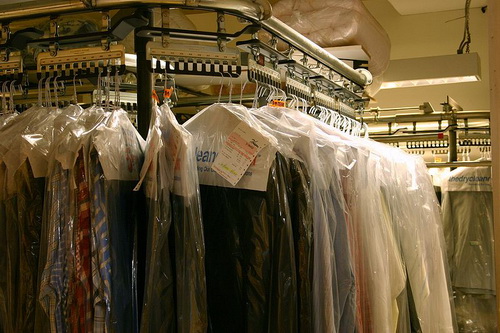
Dry-cleaned clothing
While dry-cleaning clothes, a chemical solvent known as Perchloroethylene or PERC is used. PERC is hazardous not only for dry-cleaning workers but also for the people who wear dry-cleaned clothes. PERC is also used in spot removers, paint strippers and other household solvent-based products. PERC is known to cause damage to brain and the central nervous system. Inhaling PERC fumes can cause dizziness, headaches, sleepiness, and nausea. Long term exposure to PERC can cause a loss of short term memory and a loss of muscle coordination. Other risk factors from exposure to PERC include esophageal cancer, cervical cancer, and leukemia.
- Important notification about information and brand names used in this slideshow!
- Photo courtesy of Simon Law by Wikimedia Commons : en.wikipedia.org/wiki/File:Dry_clean_rack.jpg
- healthyliving.msn.com/health-wellness/12-household-toxins-you-should-banish-from-your-home#12
- http://www.nrdc.org/living/chemicalindex/perc.asp
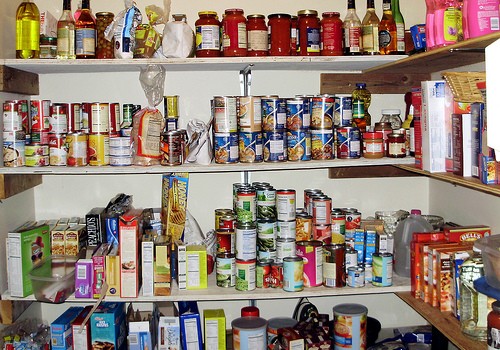
Canned food
Most canned food containers and plastic bottles are made up of the chemical Bisphenol A, commonly known as BPA. BPA is typically used for making epoxy resins and polycarbonate plastics. BPA is also found in water bottles, disposable flatware, infant formula cans, infant bottles and feeding cups, CDs, dental sealants, and electronic equipment. BPA causes male infertility, aggressive behavior in children, heart disease, and can adversely affect the functioning of the brain. Whenever we eat or drink from containers made up of BPA, we are directly exposed to BPA. Small babies too get exposed to BPA when the suck on objects containing BPA. To avoid exposure to BPA, you can opt for containers and utensils that are BPA free. You can opt for stainless steel bottles and utensils and containers made of glass. While purchasing plastic items, check for the recycle number. A recycle number 7 indicates that the plastic item contains BPA.
- Important notification about information and brand names used in this slideshow!
- Photo courtesy of Robert Benner by Flickr : www.flickr.com/photos/mullica/5637645692/
- www.examiner.com/article/cnn-releases-list-of-common-household-toxins-that-could-harm-your-child
- http://healthyliving.msn.com/health-wellness/12-household-toxins-you-should-banish-from-your-home#10
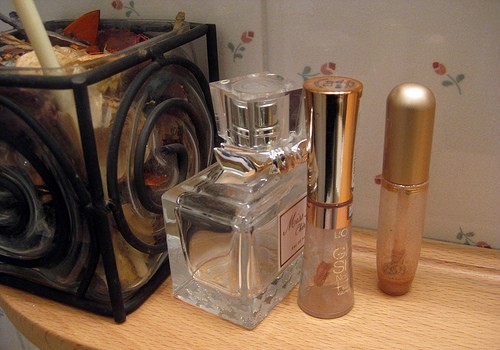
Synthetic perfumes
Synthetic perfumes are one of the most commonly used toxins in your home. Synthetic perfumes are used in fabric softeners, detergents, air fresheners, dryer sheets, deodorizers, disinfectants, perfumes, soaps, gels, and scented candles. Any product that you buy which says fragrance or ‘parfum’ on the label can contain hundreds of chemicals which are carcinogenic, reproductive toxicants, and endocrine disruptors. The air fresheners that we buy from the market do not clean or disinfect the air. On the contrary, they release hazardous chemicals and toxins to the air that we breathe. A better alternative to air fresheners is good ventilation or keeping a bowl of baking soda or white vinegar for freshening up the room.
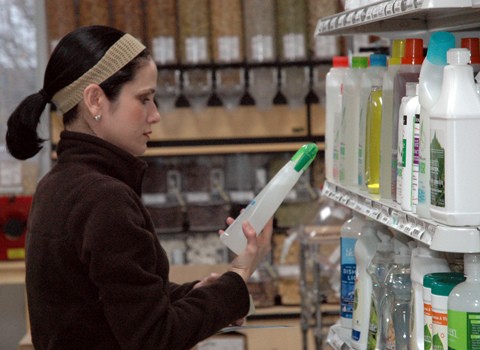
Harsh cleaning products
A number of household cleaners such as oven cleaners, furniture polish, and window and insect sprays contain ammonia, phosphate, lye, and chlorine. These chemicals cause eye, nose, ear, and throat irritation and can be fatal if swallowed. Whenever you are using the harsh cleaning products, it is advisable that you wear rubber gloves and ensure proper ventilation by opening a window or switching on the fan. The gaseous fumes, if inhaled, can be dangerous. You must also be careful never to mix two different types of cleaners together especially if they contain ammonia and chlorine. When these two chemicals combine they make chloramine gas which can be fatal if inhaled. You can make a safe cleaning solution at home by combining one part vinegar and nine parts water. This solution can kill 90% of the bacteria. You can even use white vinegar for making your toilet odor free.
- Important notification about information and brand names used in this slideshow!
- Photo courtesy of KOMUnews by Flickr : www.flickr.com/photos/komunews/4310513496/
- www.webmd.com/vitamins-supplements/ingredientmono-954-VITAMIN+E.aspx?activeIngredientId=954&activeIngredientName=VITAMIN+E&source=2&tabno=2
- http://www.mayoclinic.com/health/vitamin-e/NS_patient-vitamine/DSECTION=safety


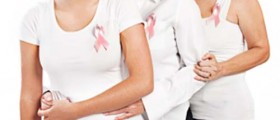

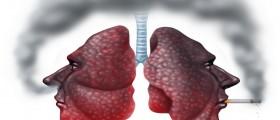


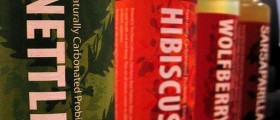


_f_280x120.jpg)


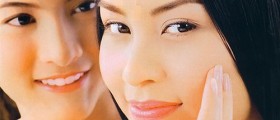

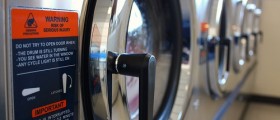
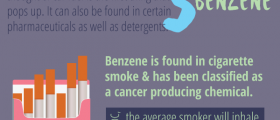



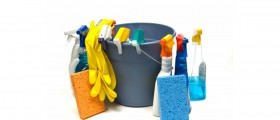
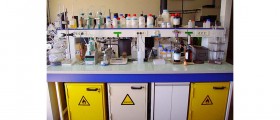
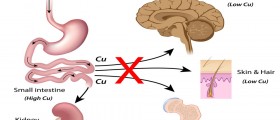
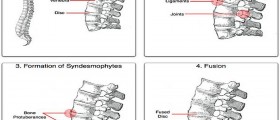



Your thoughts on this
Loading...